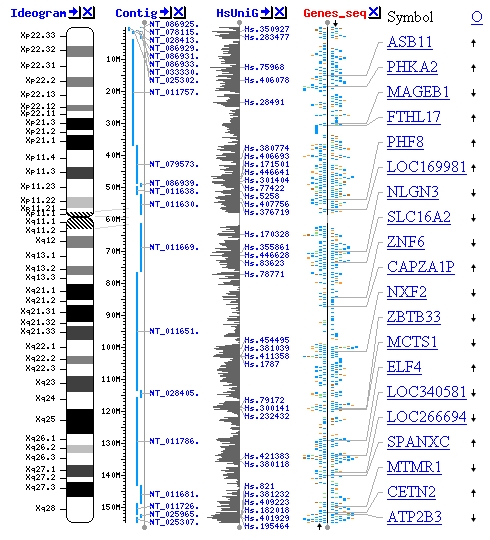Introduction to Python for Biologists.
- Why Python for Biology?
- Biological Data Types and Python
- Sequence Analysis - Part 1
- Sequence Analysis - Part 2
- Image Analysis - Part 1
- Image Analysis - Part 2
- Database Management and Python
- Statistical Analysis in Python
- Bioinformatics and Python
- Data Visualization in Python
- Machine Learning for Biology with Python
- Project Planning and Design
- Implementing a Biological Project with Python
Bioinformatics and Python
Python in Bioinformatics

Computational analysis of large, complex sets of biological data.
Bioinformatics is a rapidly evolving field that leverages computational methods to analyze and interpret biological data. Python, with its simplicity and robust library ecosystem, has become a popular choice for bioinformatics applications. This unit will delve into how Python is used in bioinformatics, focusing on the libraries and tools that make Python a powerful ally for bioinformaticians.
Python Libraries for Bioinformatics
Python's strength in bioinformatics comes from its extensive range of libraries, which provide pre-built functionality for a variety of tasks. Here are some of the most commonly used libraries in bioinformatics:
-
Biopython: This is a set of freely available tools for biological computation. It includes modules for reading and writing different sequence file formats, dealing with 3D macro-molecular structures, accessing online databases, and much more.
-
NumPy: This library adds support for large, multi-dimensional arrays and matrices, along with a large collection of high-level mathematical functions to operate on these arrays. It's particularly useful for handling large datasets and performing complex mathematical operations on them.
-
Pandas: Pandas is a software library for data manipulation and analysis. It provides data structures and functions needed to manipulate structured data, including functionality for manipulating numerical tables and time-series data.
Python for Handling Biological Data Types
Python's flexibility and readability make it an excellent choice for handling various biological data types. Here are some examples:
-
DNA, RNA, and Protein Sequences: Python can be used to read, write, and manipulate DNA, RNA, and protein sequences. For instance, Biopython provides the
Seqobject, which makes it easy to work with these sequences. -
Genomic Data: Python can handle large genomic datasets, allowing bioinformaticians to perform tasks such as variant calling, read mapping, and sequence alignment.
-
Phylogenetic Trees: Python libraries like ETE Toolkit allow for the manipulation and visualization of phylogenetic trees, a common task in evolutionary biology studies.
Python for Common Bioinformatics Tasks
Python's versatility extends to a variety of common bioinformatics tasks:
-
Sequence Alignment: Python can be used to perform sequence alignment, a fundamental task in bioinformatics. Libraries like Biopython provide functions for both pairwise and multiple sequence alignment.
-
Phylogenetic Analysis: Python can be used to infer phylogenetic trees, which are used to depict the evolutionary relationships between different organisms or genes.
-
Accessing Biological Databases: Python can be used to access and retrieve data from various biological databases. For instance, Biopython provides a module for accessing NCBI databases like GenBank and PubMed.
In conclusion, Python's simplicity, combined with its powerful libraries, make it an excellent tool for bioinformatics. Whether you're handling biological data types, performing common bioinformatics tasks, or accessing biological databases, Python has the tools and libraries to make these tasks easier and more efficient.